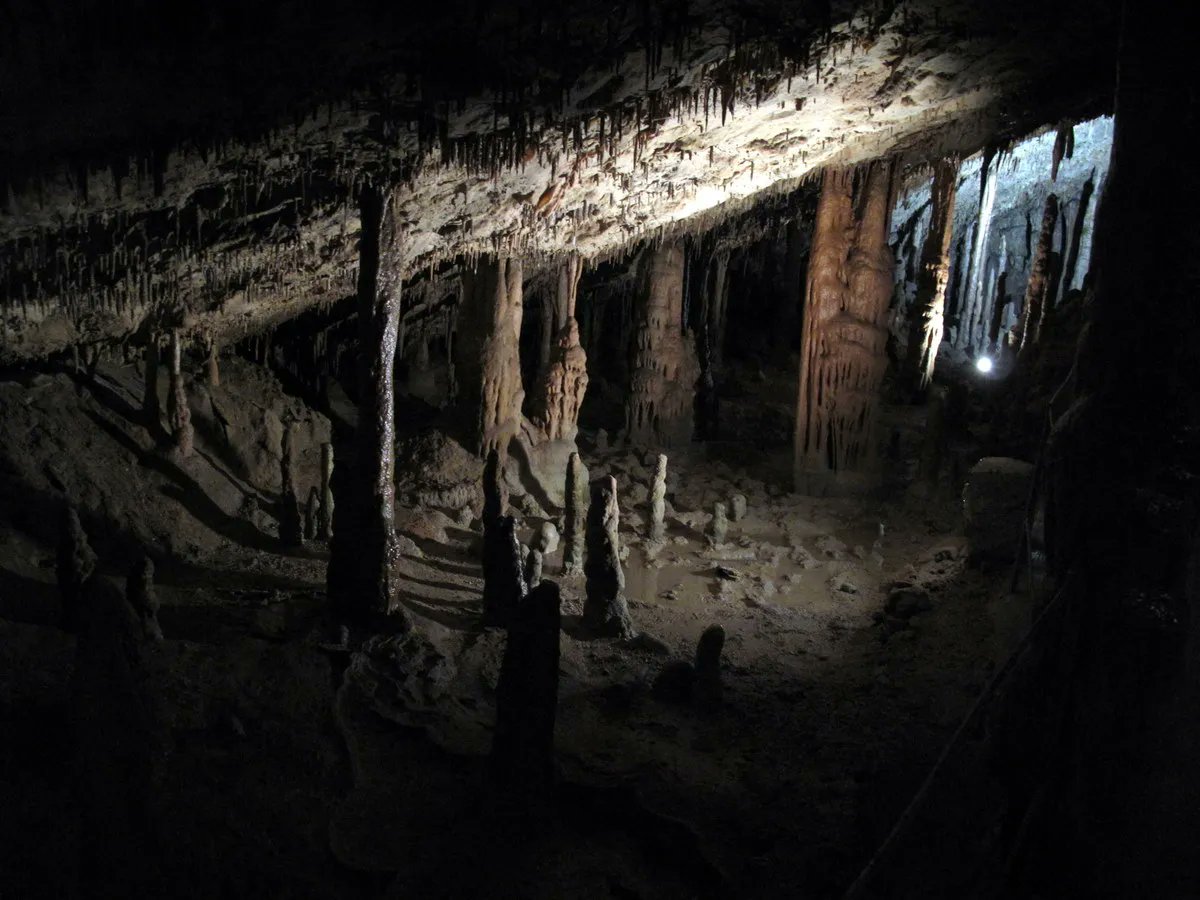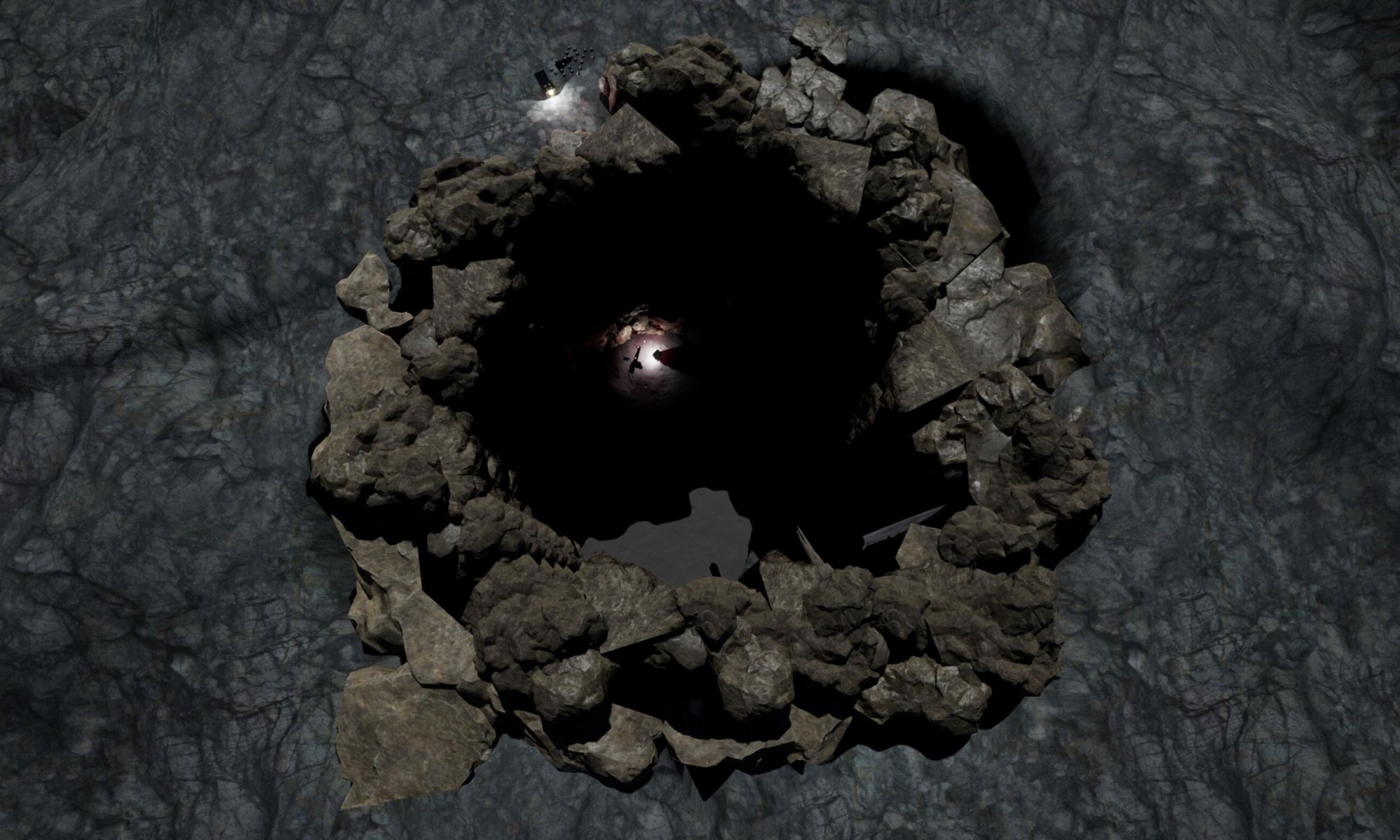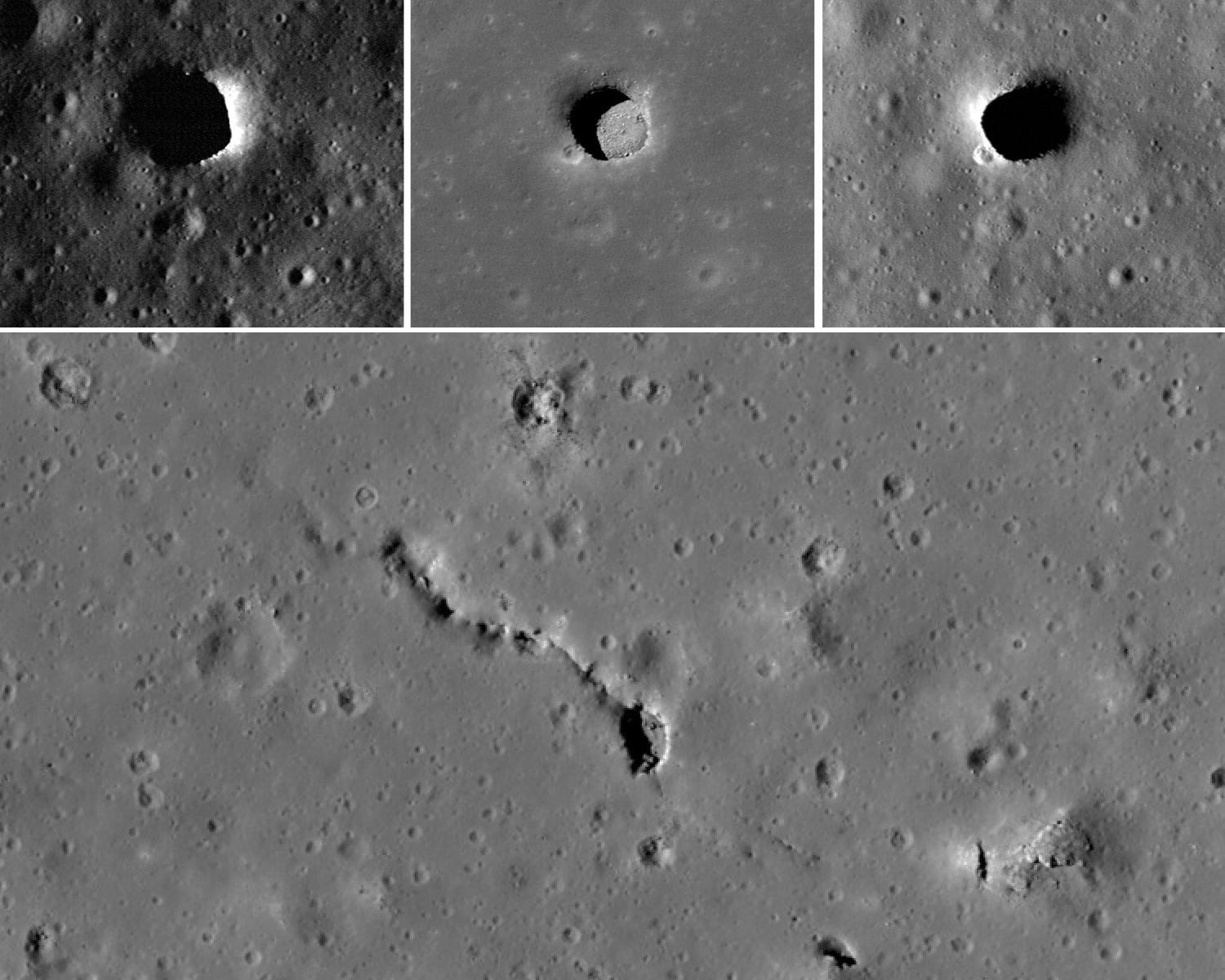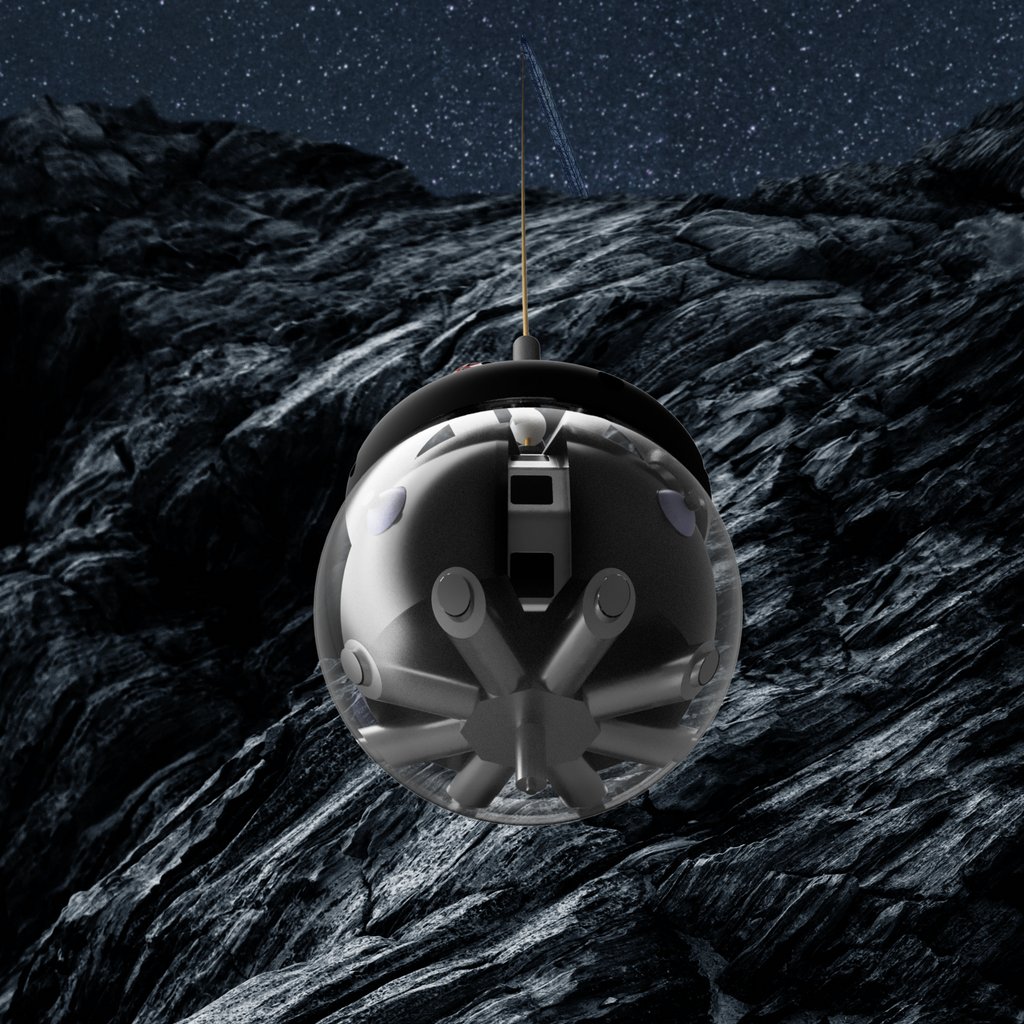Craters are a familiar sight on the lunar surface and indeed on many of the rocky planets in the Solar System. There are other circular features that are picked up on images from orbiters but these pits are thought to be the collapsed roofs of lava tubes. A team of researchers have mapped one of these tubes using radar reflection and created the first 3D map of the tube’s entrance. Places like these could make ideal places to setup research stations, protected from the harsh environment of an alien world.
Continue reading “The Entrance of a Lunar Lava Tube Mapped from Space”It’s Time to Study Lunar Lava Tubes. Here’s a Mission That Could Help

The Moon is practically begging to be explored, and the momentum to do so is building. The Artemis Program’s effort to return astronauts to the Moon for the first time since the Apollo missions captures a lot of attention. But there are other efforts underway.
Continue reading “It’s Time to Study Lunar Lava Tubes. Here’s a Mission That Could Help”China Showcases its Lunar Exploration Plans
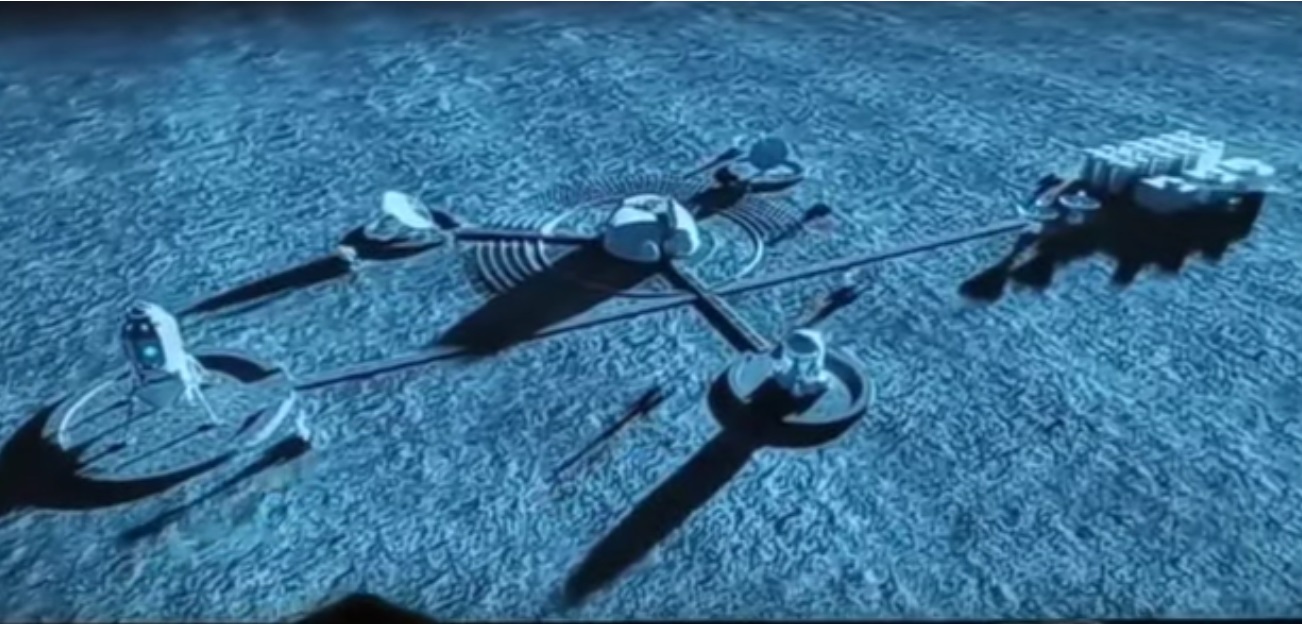
The China National Space Agency (CNSA) has drawn a lot of attention to its space programs in recent years. In addition to their Tiangong space station and crewed missions to Low Earth Orbit (LEO), there’s also been a lot of buzz surrounding the China Manned Space Agency (CMSA) and its Human Lunar Space Program. The high points have included the announcement of the International Lunar Research Station (ILRS) – a joint operation with Roscosmos – and shared concept art for their next-generation spacecraft and lunar lander.
As always, what we know about China’s plans for space exploration is limited to snippets of news, public statements, and the occasional video, which are the direct result of state-controlled media and tight secrecy regarding the country’s space program. The latest is a bootleg video that recently appeared online, which shows a video presentation that provides some insight into China’s long-term plans for crewed lunar exploration. The video is captioned with the words “China’s lunar space station and development of lunar molten cave base plan,” and it certainly lives up to that description!
Continue reading “China Showcases its Lunar Exploration Plans”Is This a Collapsed Lava Tube on the Moon?
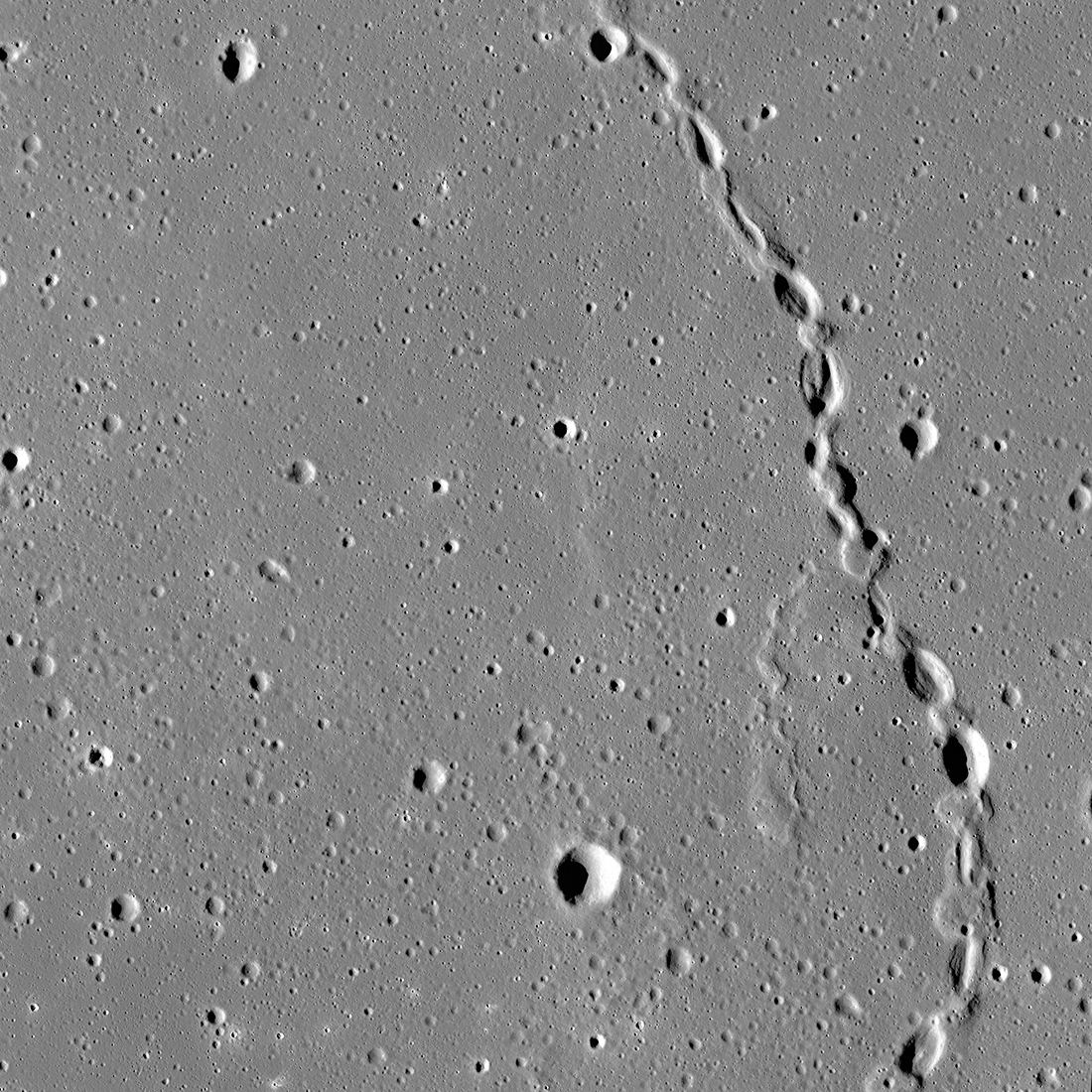
The Moon was once a geologically active place characterized by volcanoes, lava flows, and a magnetic field generated by action in its interior. The Moon’s airless environment has perfectly preserved evidence of this past and can be seen today as dark deposits, volcanic domes, and cones. But the most recognizable features are known as “sinuous rilles,” which are believed to be ancient lava tubes that have since collapsed. The Lunar Reconnaissance Orbiter Camera (LROC) recently captured images of a rille that extended 48 km long (30 mi) across the northern hemisphere.
Continue reading “Is This a Collapsed Lava Tube on the Moon?”Chinese Astronauts May Build a Base Inside a Lunar Lava Tube
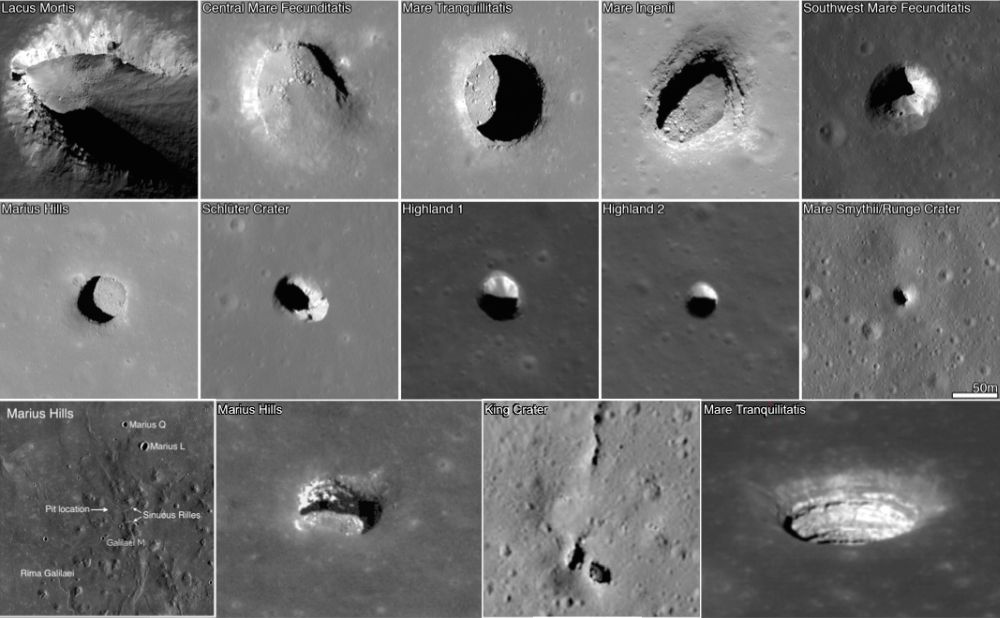
Caves were some of humanity’s first shelters. Who knows what our distant ancestors were thinking as they sought refuge there, huddling and cooking meat over a fire, maybe drawing animals on the walls. Caves protected our ancient ancestors from the elements, and from predators and rivals, back when sticks, stones, furs and fire were our only technologies.
So there’s a poetic parallel between early humans and us. We’re visiting the Moon again, and lunar caves could shelter us the way caves sheltered our ancestors on Earth.
Continue reading “Chinese Astronauts May Build a Base Inside a Lunar Lava Tube”
Exploring Lava Tubes on Other Worlds Will Need Rovers That Can Work Together
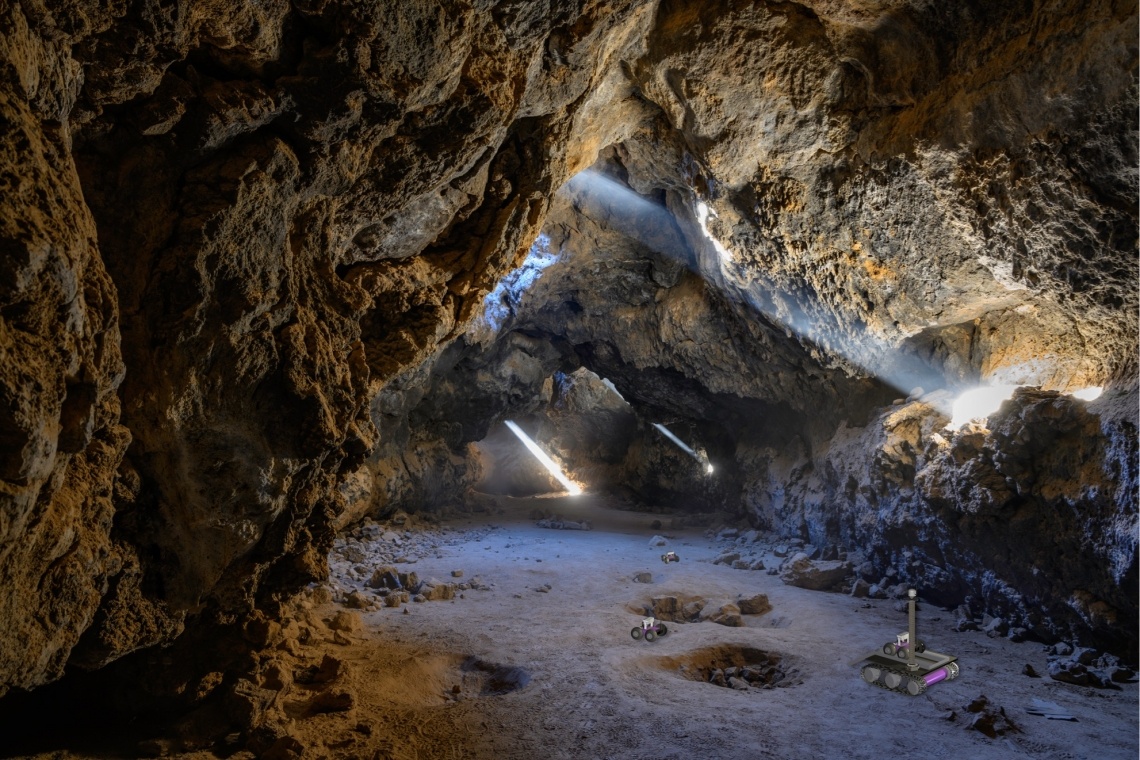
Planetary exploration, specifically within our own Solar System, has provided a lifetime of scientific knowledge about the many worlds beyond Earth. However, this exploration, thus far, has primarily been limited to orbiters and landers/rovers designed for surface exploration of the celestial bodies they visit. But what if we could explore subsurface environments just as easily as we’ve been able to explore the surface, and could some of these subsurface dwellings not only shelter future astronauts, but host life, as well?
Continue reading “Exploring Lava Tubes on Other Worlds Will Need Rovers That Can Work Together”We Could Simulate Living in Lunar Lava Tubes in Caves on Earth
Simulation is key to space exploration. Scientists and engineers test as many scenarios as possible before subjecting their projects to the harshness of space. It should not be any different with the future living quarters of explorers on the Moon. One of the most commonly cited locations for a future permanent lunar base is in the relatively recently discovered lava tube caves scattered throughout the lunar mare. Simulating such an environment on Earth might be difficult, but a team from the Center for Space Exploration in China thinks they might have a solution – using karst caves to simulate lunar lava tubes.
Continue reading “We Could Simulate Living in Lunar Lava Tubes in Caves on Earth”Lunar Rovers Could be Dropped Into Lava Tubes to Explore Their Depths
Technical challenges abound when doing space exploration. Some areas are so remote or isolated that engineers need to build a special purpose-made vehicle to visit them. That is certainly the case for some of the more remote parts of the moon – especially the as-yet unexplored caves on the moon. Now a graduate student at the Ecole Polytechnique Federale de Lausanne (EPFL) seems to have developed just such an access system.
Continue reading “Lunar Rovers Could be Dropped Into Lava Tubes to Explore Their Depths”The Moon is a Barren and Desolate, but Lunar Caves Could Offer Some Shelter From the Harsh Environment
The dream of building a permanent settlement on the Moon: a place where humans from all walks of life can come together and give rise to a new culture and identity. A place where vital scientific research and experiments can be conducted, lunar industries created, and people can go for a little “adventure tourism.” It’s been the stuff of science fiction and speculative literature for over a century. But in the coming years, it could very well become a reality.
This presents many challenges but also opportunities for creative solutions. For years, astronomers have speculated that the perfect place to create a lunar colony is underground, specifically within pits, caves, and stable lava tubes visible and accessible from the lunar surface. According to new research from CU Boulder, preliminary results show these pits to be remarkably stable compared to conditions on the surface.
Continue reading “The Moon is a Barren and Desolate, but Lunar Caves Could Offer Some Shelter From the Harsh Environment”One Idea for a Lunar Lava Tube Explorer
Lava tubes on the moon are some of the most interesting, and difficult, places to explore in the solar system. But if humanity plans to eventually have a permanent presence on the moon, the more knowledge we have about the cave systems created by those lava tubes the better.
That’s why ESA’s current focus on lunar cave exploration is so important, and another good reason to take note when it releases more information about some of the technologies leading that push. Recently, it released an update on a project known as DAEDALUS, led by Julius-Maximilians-Universität of Würzburg (JMU), with interesting new insights into the sphere shaped autonomous robot.
Continue reading “One Idea for a Lunar Lava Tube Explorer”

